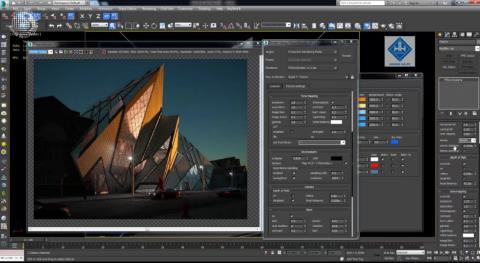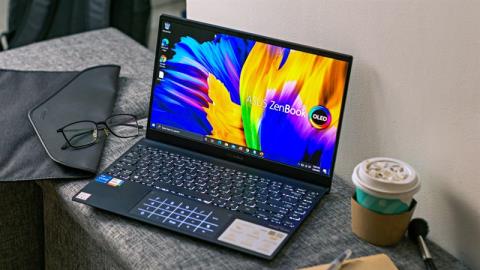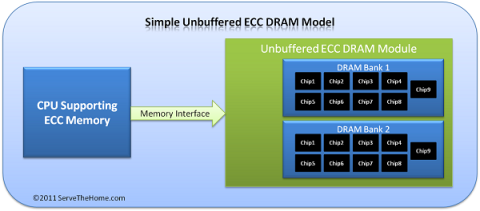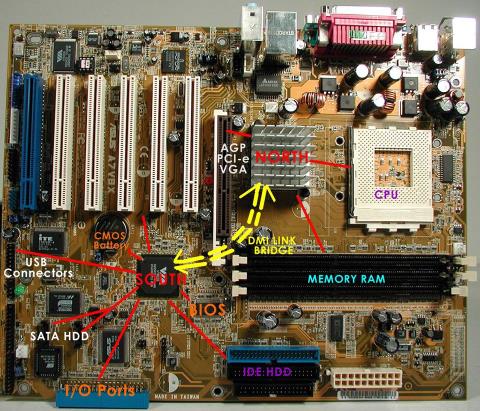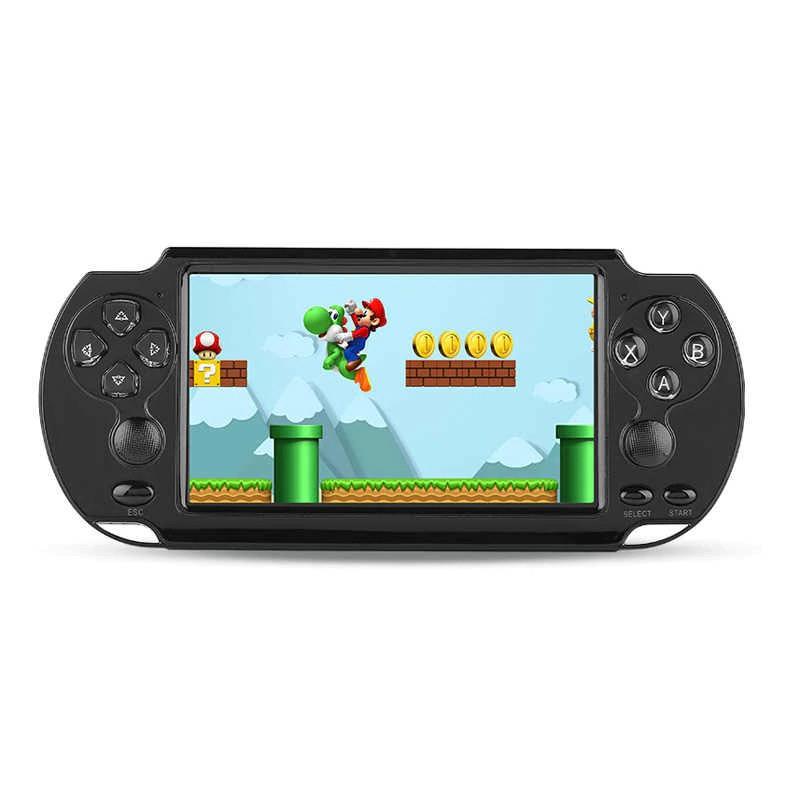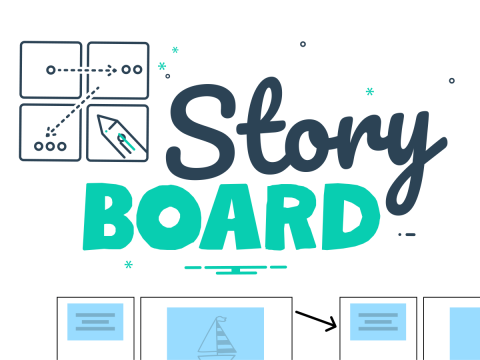What is 3uTools? How to install and use 3uTools in detail

3uTools supports users to manage utility applications more than the traditional way. Easy-to-use interface, will bring interesting experiences to you.
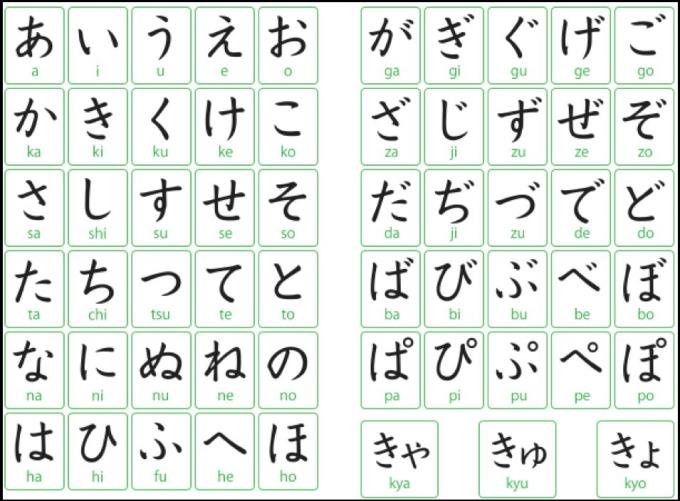
Hiragana is a traditional Japanese phonetic script that is part of the Japanese writing system. Learning the Hiragana Japanese alphabet will lay a solid foundation for your Japanese learning process.
The Hiragana alphabet is made up of curving and soft lines, so there is another way to call it the soft alphabet. The basic Hiragana alphabet consists of 46 letters divided into 5 rows: a (あ), i (い), u (う), e (え), o (お).
You pay attention when learning the Japanese alphabet, we not only remember and memorize the writing style, but you also have to learn the correct pronunciation of each letter because the pronunciation of each Japanese word is the pronunciation of each letter. into that word.
There are a few basic rules for learning Hiragana alphabet effectively in our method that you need to keep in mind:
Hiragana has 46 main letters, 25 words on the chisel chord and 33 words in the compound soundboard. This is a script belonging to the traditional Japanese language system.
The strokes that make up Hiragana are quite soft, many curves, hook strokes, when writing, it is necessary to pay attention to the smallest details.
Most Japanese adverbs are written in Hiragana.
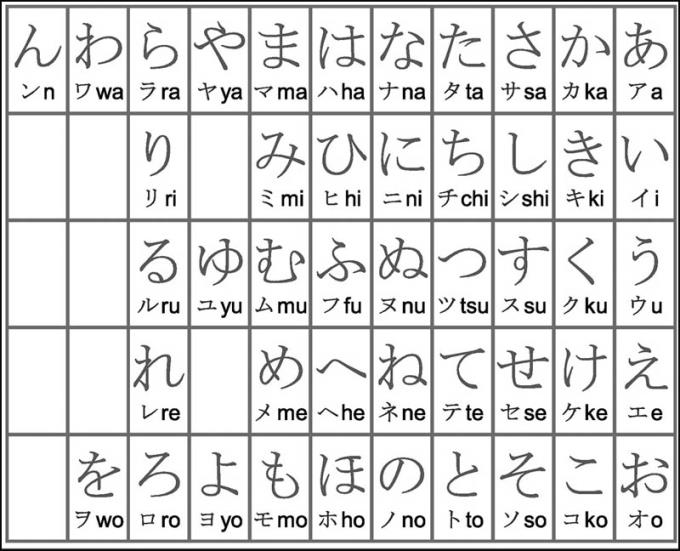
Hiragana is a hieroglyph, so relying on highly related images to learn the alphabet will help you remember faster and longer.
Each Hiragana letter will represent a certain image, you can define yourself according to your preferences.
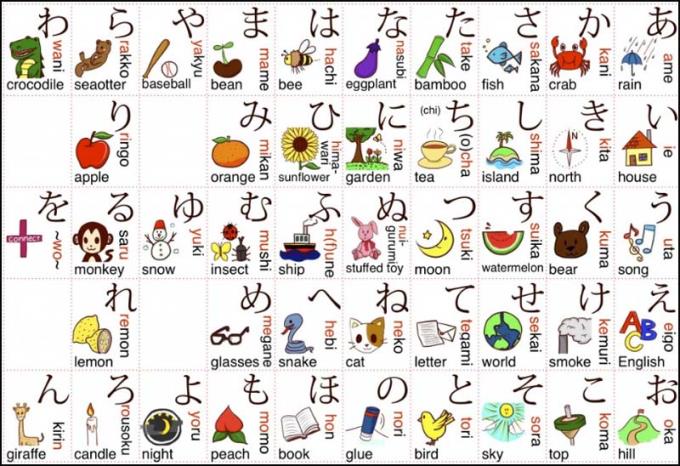
Most Japanese pronunciation is similar to Vietnamese, Hiragana board is divided by 5 rows with pronunciation: あ, い, う, え, お.
あ - a: Pronounced like Vietnamese letter a, like ca.
い - i: Pronounced like the Vietnamese letter i, like branch.
う - u: Written as u but pronounced the same letter u (more precisely, the space between these two words).
え - e: Pronounced e, but pronounced like ê.
お - o: Phonetic as o but pronounced like a crossword.
The rest of the rows rely on the above principle to match the consonant before. For example: ka, ki, ku, ke, ko - sa, shi, su, se, so - ma, mi, mu, me, mo, ...
The words し (shi) and つ (tsu) have a more special pronunciation, you should note:
し: Standard pronunciation requires two teeth to close and gasp.
つ: The correct pronunciation needs to close the two teeth, bring the tongue to the upper jaw and pop out.
2.4 Principles of writing practice
The correct way to write when learning the Hiragana alphabet is to write in the order the strokes are instructed, not to write by yourself according to your own habits. Usually strokes will be written from left to right, top to bottom, from horizontal to vertical.
Pay attention to confusing words: 「あ」 and 「お」; 「い」 and 「り」; 「き」 and 「さ」; 「ぬ」 and 「め」; 「ね」 「れ」 and 「わ」.
Practice writing a lot until you remember the typeface clearly and can write fluently. During the writing practice you can write along with simple examples to make it easier to remember.
The basic Hiragana alphabet consists of 47 letters divided into 5 rows: a, i, u, e, o. Note that not only remember and memorize the writing style, you also have to learn the correct pronunciation of each letter because the pronunciation of each Japanese word is the pronunciation of each letter that incorporates that word.

- Row あ, transcribed as a is read "a" like in Vietnamese.
- Hàng い, transcribed as i pronounced "i", is similar to Vietnamese.
- Row う, transcribed as u but the reading is "huh", more precisely lies in the middle of "u" and "ư".
- Row え, transcribed as e, but you read "ê".
- Row お, transcribed as o, but the reading is "ô".
After you have understood the pronunciation of the First Row, you can apply to read the next rows in the Hiragana table by adding the first letter in front. For example, the second line of the Hiragana alphabet か き く け こ will read "ka" "ki" "ku" "ke" "ko".
Some words that are pronounced more special than the usual pronunciation in the row include :
- Row さ is transcribed as "s", when read it will be a little lighter like the word "xa" in Vietnamese. As for the word し which translates to "sh", you should pay attention to close your teeth and let out the word "shi".
- The line た is transcribed as "t", the word ち reads "chi", the word つ reads "tsu". When reading the teeth closed, then push the tongue to touch the upper jaw and let out "tsu".
- The line は is transcribed as "h", but the word ふ will read "fu".
- For わ, the word わ reads "wa", while the word を reads "o" like the word お.
- The letter ん when standing in separate place is transcribed as "un" - need to tighten the lips and read like a silent sound, usually this sound is placed at the end of the other sounds to create a "n" sound. For example, the word た ん reads "tan", the word ま ん reads "man".
We will learn Hiragana alphabet horizontally with the following steps:
- Step 1: Memorize the word surface
Think of the shapes of letters into things around you to make them easier to remember.

The letter あ (a) looks like a sword stabbed into a fish
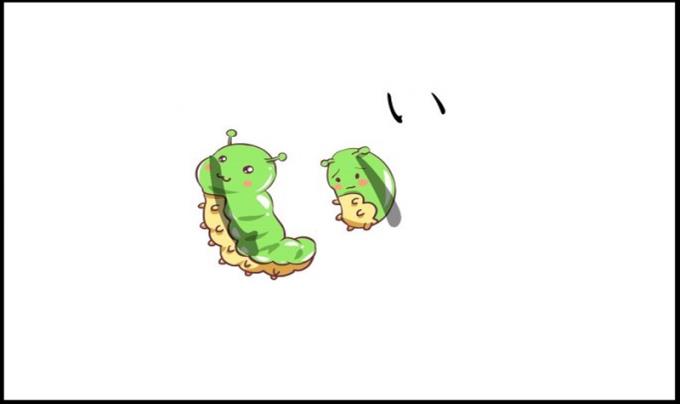
The letter い (i) we see its 2 features that look like 2 worms
- Step 2: Combine both looking at the letters, listening to the audio pronunciation of the words and parody
Listen and repeat as many times until you sound exactly like the audio.
- Step 3: Point your finger at the letter and read it out loud yourself
Along with checking if you have memorized the correct way to read letters, it is necessary to check whether your pronunciation is correct. The easiest way is to record the reading yourself and compare it with the audio.
- Step 4: Practice writing each letter in the correct stroke order
Write over and over again to get the text to imprint on your mind.
- Step 5: Review regularly with Flashcard
You can create your own little cards, one side writes the letter Hiragana, the other side writes the reading of the letter. Taking this flashcard with you and reviewing whenever you have free time is a great way to remember longer.
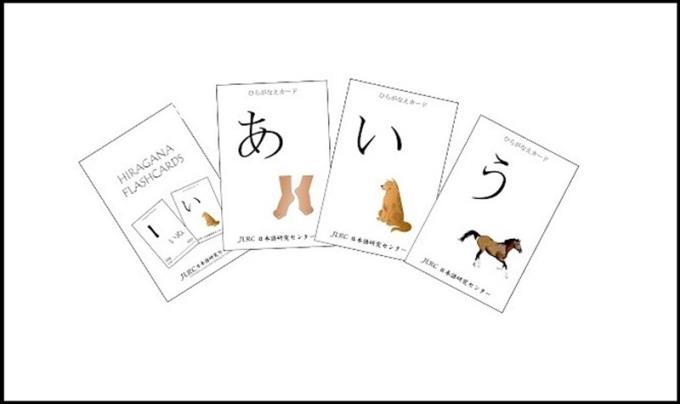
Learning Hiragana, learning through "reading" will be more effective and faster than learning by handwriting two to three times.
The murky sounds are sounds on which there is an "〃" (called tenten) on the right side of the letters KA, SA, TA and HA.
Semi-opaque sounds are sounds where 「○」 is added to the upper right of the letters in the HA row.
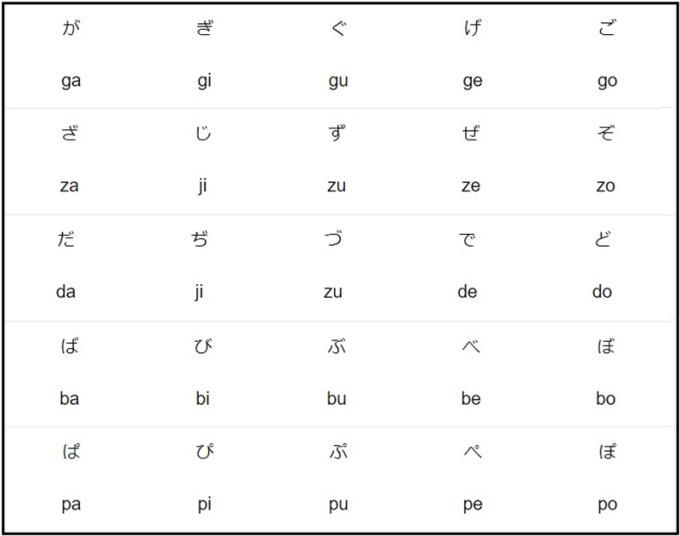
Compound sound consisting of letters in column A (minus い) is accompanied by smaller letters や 、 ゆ 、 よ to create compound sound.
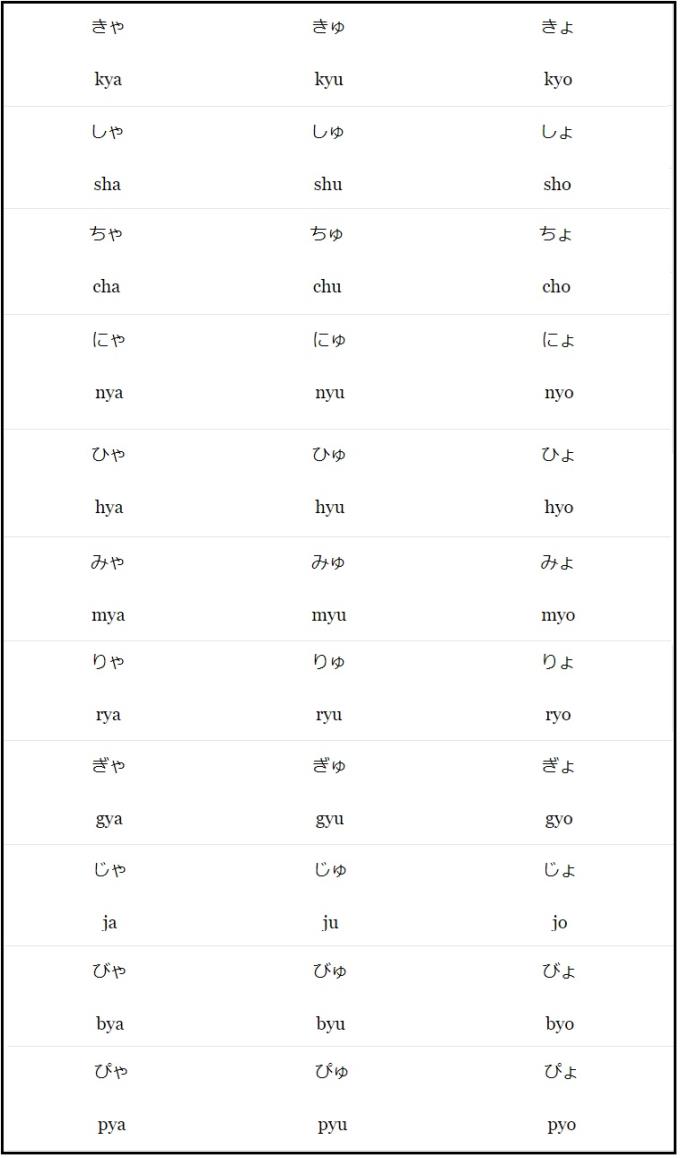
When learning opaque sounds, semi-opaque sounds and compound sounds: The letters ぢ (ji) and づ (zu) have the same pronunciation as じ (ji) and ず (zu), however in Japanese, the vocabulary contains words. This is not much. Mainly used じ (ji) and ず (zu). With the letters し ゃ (sha) 、 し ゅ (shu) 、 し ょ (sho) 、 ち ゃ (cha) 、 ち ゅ (chu) 、 ち ょ (for) 、 じ ゃ (ja) 、 じ ゅ (ju) 、 じ ょ (jo) when playing the sound will have to be turned on slightly.
- Break sound
Break tones are sounds that have a break when pronounced, denoted by the letter 「つ」 reduced to 「っ」. Then, we will double the consonant behind it.
Follow the following examples for easier visualization.
- い っ か い : / ikkai /
- い っ ぷ ん : / ippun /
- い っ し ょ に : / isshoni /
- き っ て : / kitte /
- Sound field
The sound field is the elongated, pronounced vowel, twice as long as the normal [あ] [い] [う] [え] [お] vowels.
The principles of sound field:
- Row A has a sound field of あ. For example: お か あ さ ん.
- Row I has a sound field of い. For example: お じ い さ ん.
- Row U has a negative field of う. For example: ゆ う び ん き ょ く.
- Row E has a negative field of え or い (most of them are い). For example: と け い, お ね え さ ん.
- O row has a negative field of お or う (most of them are う). For example: お お き い, お と う さ ん.
Adding a sound field changes the meaning of the word. Therefore, it is necessary to pay attention to practice correct pronunciation from the beginning to avoid causing misunderstanding and using it wrongly when practicing Japanese communication later. For example: お ば さ ん / obasan /: Your aunt is different from お ば あ さ ん / obaasan /: Grandma.
After we have learned all about the Hiragana alphabet, the last day will be when we have a brief review of what we have learned.
Wish you all learn Japanese well with this beginner's article!
See more:
>>> Top 5 best Japanese learning software for beginners
>>> Instructions to write Japanese on Windows 10
>>> How to install Japanese keyboard on your phone, computer is simple
3uTools supports users to manage utility applications more than the traditional way. Easy-to-use interface, will bring interesting experiences to you.
Rendering is the process of creating an image from a model into a movie scene or image using computer software.
The CPU is the data processing center, or simply understood, it is the brain that controls most of the rest of the components in a computer.
The GPU is the processor that handles graphics-related tasks for the CPU's central processor. Features on GPUs go far beyond basic graphics drivers like Intel's GPU
Flyer is a form of advertising, a marketing product that has existed for a long time, also known as leaflets, product marketing brochures.
ECC RAM is a type of RAM that has the ability to control the flow of data accessed in it to help automatically correct errors. ECC RAM has very high stability which helps you to reduce risk.
Ray Tracing is a technique that helps a computer create an image by tracing the path of light through pixels on the same image plane.
Chipset is a collection of chips, chipset refers to the chip on the mainboard or on the expansion card. On PC, commonly known as northbridge and southbridge.
Hyper threading is a hyper-threading technology and is known as Intel HT technology by globally famous technology manufacturer Intel.
The VRM circuit is the voltage regulator in the motherboard. With the presence of VRM, the CPU and GPU will be provided with clean power to operate stably.
On the quality screen, they integrate a technology called V-Sync, FreeSync. Let WebTech360 explain to you about V-Sync, what is FreeSync?
Anti-aliasing is the main adjustment mode to help objects and people become softer and not angular, the game experience will also be better.
Animation is an age-old method in which people make motions of images based on still images.
Footage is unedited raw footage and footage. You can understand that footage is all the components that make up a video, and footage is very diverse.
Storyboard is a storyboard, consisting of a series of illustrations and accompanied by notes about what is going on, carrying the content of the story.
Understanding the iPhone LL / A code is essential. Discover what country it comes from, where the iPhone is made, and how to utilize this code effectively!
Learn how to exit Kids Home mode on Samsung devices, even when you
Discover effective strategies to deal with being blocked on Zalo by a lover. Explore insights into the emotional impacts of being blocked in a relationship.
Discover the talent behind the movie Saigon In The Rain and analyze its emotional depth. Are young dreams portrayed accurately?
Discover the origin of your iPhone with TA / A code. Understand its quality and warranty policies.
Discover solutions for 16 common errors on Zalo! This guide covers causes and quick fixes to ensure a smooth experience on the app.
Are you busy and don’t want to be disturbed by Zalo message alerts? Follow these simple steps to turn off vibration and message alerts for Zalo on both iPhone and Android devices.
Zalo Media Box provides useful information to Zalo users. Learn what Zalo Media Box is and how to delete or block messages from Zalo Official Account for a better experience!
Discover everything about the iPhone KH / A code, its origin, and whether it is a reliable choice for users. This article offers insights into the iPhone and its market codes.
Acer CineCrystal LED Backlight technology enhances display quality on Acer laptops. Learn about its features, advantages, and disadvantages to make informed decisions.
Discover the Mi Home app essential for managing devices in the Xiaomi ecosystem. Learn about its features, download process, and how to create an account!
EVKey is a popular Vietnamese typing software with many outstanding features. Learn how to download and use EVKey efficiently on Windows and Mac.
Learn about the significance of the J/A code on your iPhone, including its market relevance and the countries involved in its production.
Discover how to check for hidden iCloud on your iPhone and iPad effortlessly. Learn the effective methods to uncover hidden iCloud and secure your device.
Hybrid Watches merge the aesthetics of mechanical watches with the functionalities of smartwatches. Discover their features, advantages, and disadvantages in detail.
